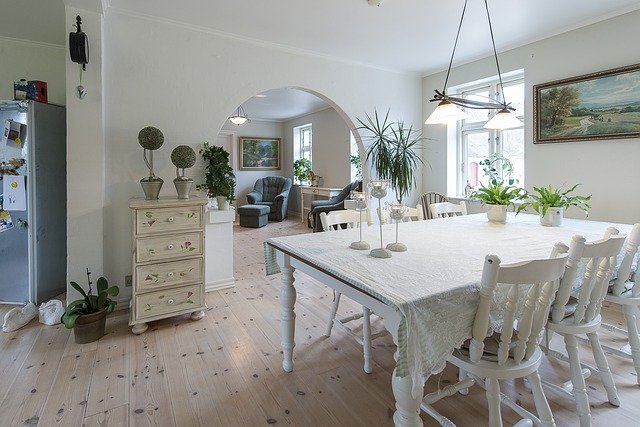A channel cut into the wood to attach another piece at a right angle is called a dado. A dado cut also cuts across the grain of the wood otherwise it is called a groove. Because these joints completely enclose the end of a board they prevent warping and twisting. These cuts are invaluable when making cabinets or shelves because they allow the wood to be attached with glue and no nails or screws are visible. The dado cut also conceals the end of the board and hides the interior of a board that is covered with veneer. Considering all this, before you Buy drawer slides for cabinets & kitchens make sure that you look for these Dado cuts.

There are three types of dado cuts. The first of these is the more difficult to make but it is the strongest and more professional looking of the dado cuts. The other two are a through dado and a stopped dado. The through dado makes a square cut all the way through the board. The stooped dado falls short of the end piece and disguises the dado itself.
Right-angled dados can be easily cut with a table saw or router. To start, scribe the adjoining board onto the board you plan to dado. Mark the sides and depth of the dado which should be no more than halfway through the board’s thickness. If you’re using a router, sandwich the boards between two scrap boards. This prevents splintering at the ends. Use another board parallel to the cut to guide the router along straight. Clamp the boards in place and router in one pass. To do the same with a table saw, purchase a dado blade. This is a kit where several blades are placed together to make the correct thickness of the dado. Attach the dado blades to the same thickness of the board and pass through the table saw at the correct length.
To make a stopped dado cut with a router set up the same process as explained above. Set the jig on a bench to where the end of the stopped dado will end at the end of the workbench. Attach a block of wood with a clamp. This will stop the router at the proper length of the dado. Usually, a stopped dado ends a little more than halfway through the board. Once the router has stopped, pull it from the dado. Use a sharp chisel to complete the dado where the router has stopped. You can do the same thing with a table saw by placing a clamp and board at the end of the saw table. Let the saw come to a stop and remove the wood. Chisel the remainder of the dado out.

A dovetail dado is definitely harder. It can not be done with a table saw. You also need a router table to attach your router to for stability. Purchase a dovetail router bit and attach it to the router and the router to the table. Set the depth of the router to the depth of the dado cut. Pass the board through the router. The board that fits into the dado requires several passes along its edge to make the matching dovetail to the correct size. Place the board that’s to be the opposite dovetail and make a small pass on the router table on each side. Gauge the thickness of the dovetail with its opposite end. Trim off enough so the dovetail ends are tight. If they are to lose you will need to start over.
It’s always best to have a test piece when cutting dados. Use scrap wood and test fit for each dado. Adjust the saw or router as necessary. When you have the correct dado set on the saw or router, cut the good wood. Practice makes perfect!
You may also like
-
Why Should You Choose Briketi Poisid For Buying Briquettes?
-
Facebooks Mark Zuckerberg Interested Bitcoin – Know about it
-
Here Are The Top 4 Benefits of Video Marketing For Small Businesses
-
High Impact Website Conversion Strategies
-
One Can Opt For Laser Hair Removal Treatment At Home? In What Way Is It Possible?
